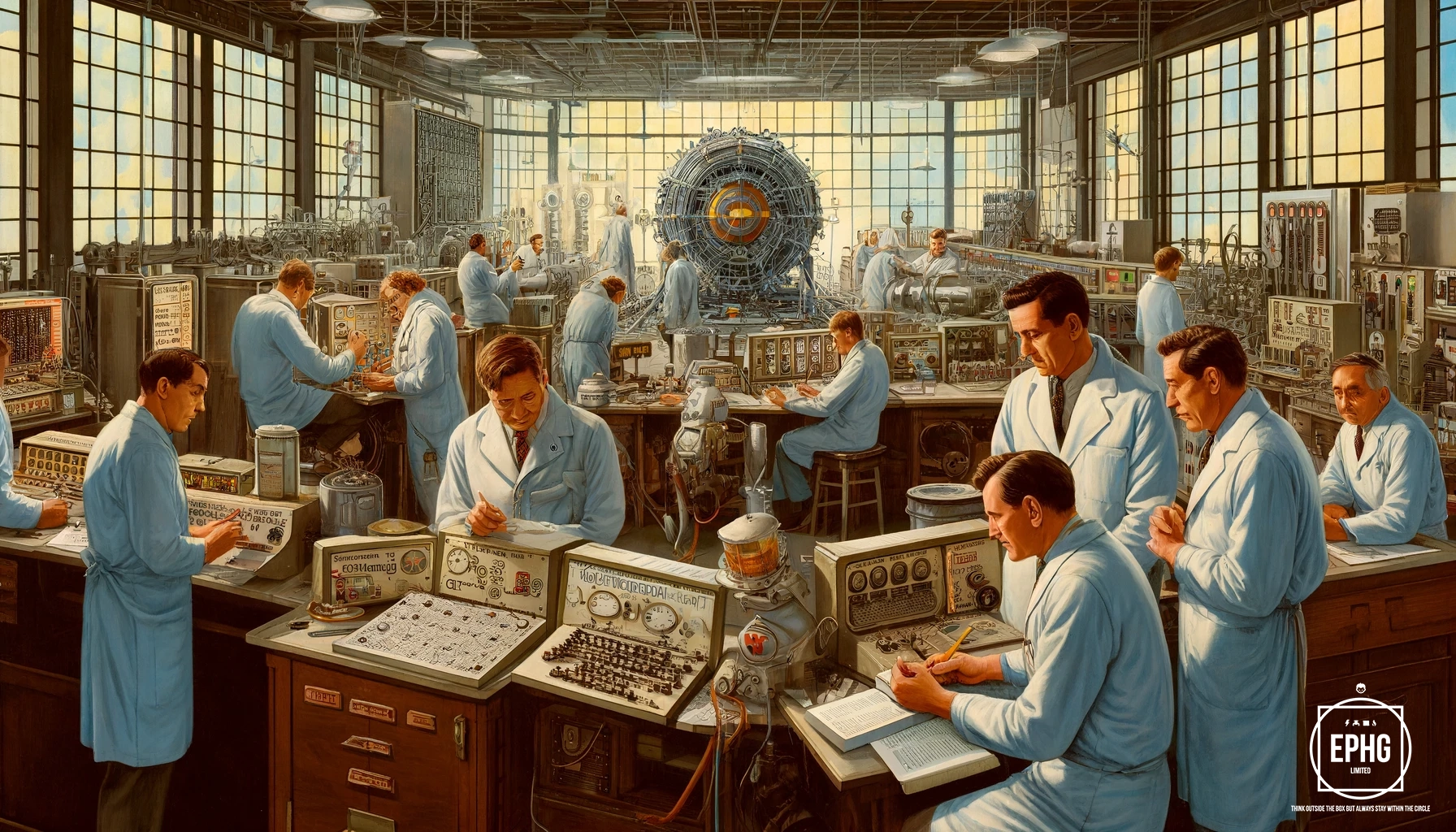Exploring Lawrencium: A Deep Dive into Its Role in Science and Technology
Introduction to Lawrencium
In the vast landscape of the periodic table, each element carries unique stories and implications for both science and technology. Lawrencium (Lr), with its distinctive characteristics and intriguing history, holds a special place as it illuminates the path for research into superheavy elements. This comprehensive exploration delves into the origins, properties, and significant contributions of Lawrencium to scientific advancement and technological innovation.
The Discovery of Lawrencium

Lawrencium, element 103 on the periodic table, was first identified on February 14, 1961, by a team at the Lawrence Berkeley National Laboratory. The group, led by Albert Ghiorso and including notable scientists Torbjørn Sikkeland, Almon Larsh, and Robert Latimer, produced Lawrencium by bombarding Californium with Boron ions, resulting in isotopes 256Lr and 257Lr. This discovery, named in honor of Ernest O. Lawrence, marked a pivotal moment in nuclear chemistry, highlighting the capabilities of the cyclotron and expanding our understanding of synthetic elements.
Lawrencium in the Periodic Table
Located in the actinide series, Lawrencium exhibits typical metallic and highly radioactive properties akin to its group peers. It occupies a critical position in the periodic table, anchoring the actinides at the bottom row and representing the culmination of the 7th period within the f-block. This placement not only defines its chemical behavior but also symbolizes a bridge to the transactinide elements that follow.
Chemical and Physical Properties of Pure Lawrencium

As a synthetic and highly radioactive metal, pure Lawrencium presents a challenge for scientists aiming to study its properties due to its short-lived isotopes, the most stable being 266Lr with a half-life of about 11 hours. Theoretical predictions suggest that pure Lawrencium may bear a silvery hue, though its rapid decay complicates direct observation. Its electron configuration is notably unique among actinides, possibly featuring a valence electron in the 7p orbital, distinct from the 5f and 6d orbital occupation of its predecessors.
Scientific Research and Technological Applications of Lawrencium
The primary applications of Lawrencium lie within scientific research, where it serves as a crucial subject in the study of superheavy elements and their chemical behaviors. These investigations help refine theoretical models of atomic structure and enhance our understanding of nuclear reactions. While direct technological applications are limited by its instability, methodologies developed from Lawrencium research assist in various fields, including nuclear medicine and reactor safety.
How Lawrencium is Created

Lawrencium is not a naturally occurring element and therefore is not "mined" from any location like traditional minerals. Instead, it is produced synthetically in a laboratory setting. The typical method involves bombarding lighter elements with charged particles in a particle accelerator. Specifically, Lawrencium is produced by bombarding Californium with Boron ions. This complex process yields minute amounts of Lawrencium, which are sufficient for scientific study but not for commercial use due to its short half-life and the instability of its isotopes.
Current Applications of Lawrencium
Due to its radioactivity and short half-life, practical applications of Lawrencium are limited. Currently, it is primarily used for scientific research, particularly in studying the properties of heavy and superheavy elements. The production of Lawrencium has helped scientists understand more about nuclear reactions and the stability of nuclei in superheavy elements, which is critical for theoretical chemistry and nuclear physics.
Future Prospects of Lawrencium

As research continues, the future uses of Lawrencium could expand, particularly in fields that benefit from heavy elements. Potential future applications might involve its use in developing new materials with unique properties or in enhancing our understanding of quantum mechanics and its implications for technology. Moreover, ongoing studies on Lawrencium could pave the way for the synthesis of new elements and the exploration of the so-called "island of stability," where longer-lived superheavy elements might exist.












